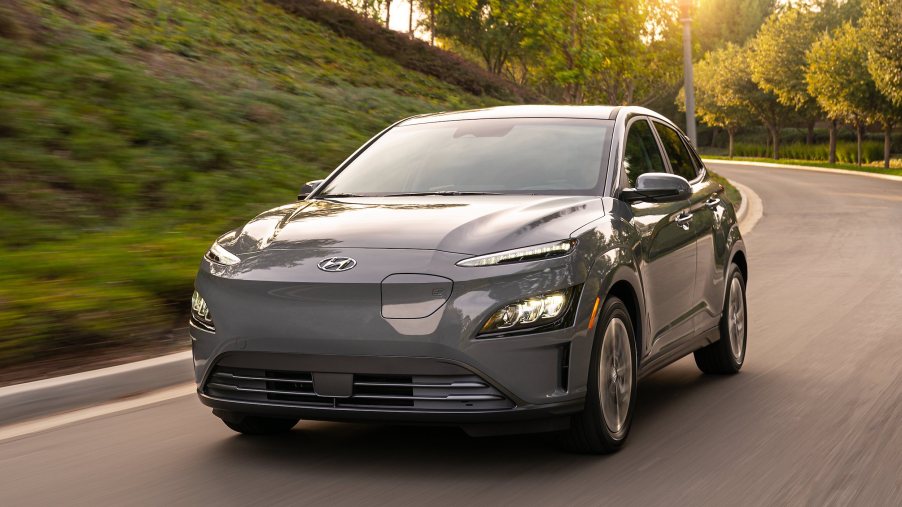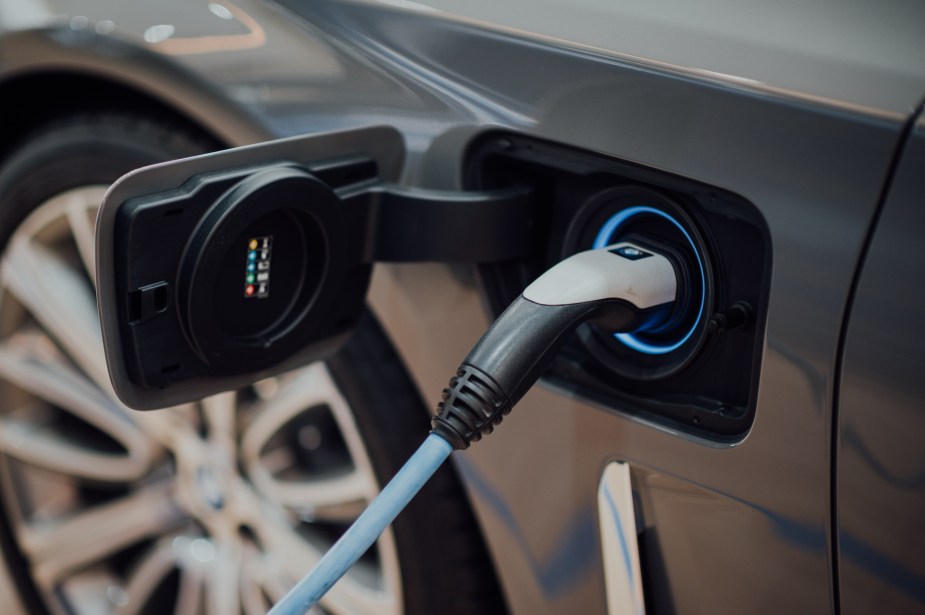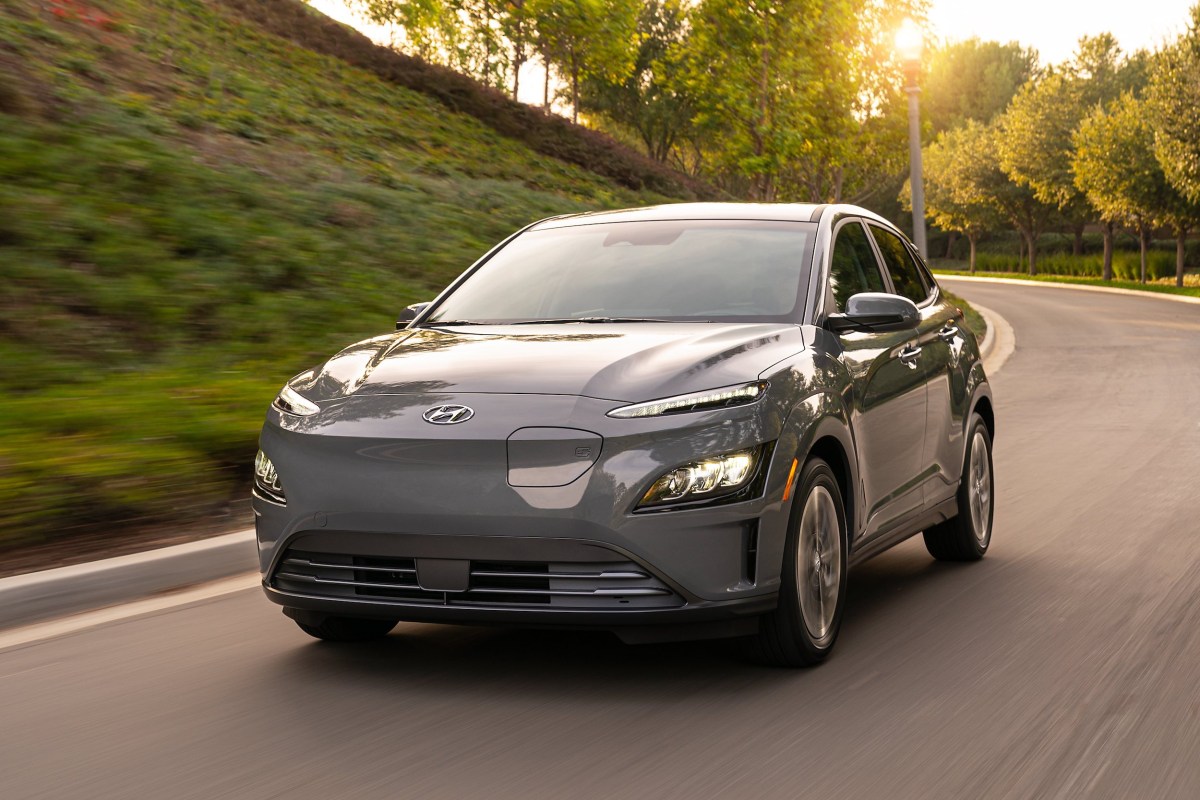
Can You Take a Road Trip In an EV?
Road trips are a great way to travel. You see more of the country than you would from a plane. You decide when to stop for meals and roadside attractions. Plus, there is no shortage of roads to travel, including interstates as well as U.S. and state highways. But what if you want to take a road trip in an EV or electric vehicle? A lot of EVs can go more than 200 miles on a single charge, and the charging infrastructure is improving. However, there are still some challenges with driving an EV long distances.
How to plan for an EV road trip
EV range anxiety is a very real concern when taking a road trip. Unlike a gasoline-powered car where you can get off the highway and simply gas up and go, EV charging requires some upfront planning.
Chances are, you’ll have to map out the EV charging stations along your route. It’s also important to make sure you have several backup options and stop before your EV’s battery gets too low.
Kelley Blue Book writer, Chris Hardesty, found this out the hard way. Weather conditions, including high or low temperatures, weight, and speed, all affect battery range. Also, the range indicator on your dashboard may be optimistic. Finally, while a charging station may be listed, it might not be working or occupied by other cars.
Understanding EV charging stations along your route

Not only should you understand where EV charging stations are located along your route, but you should also understand the different types of EV charging stations that may be available. This includes:
- Level 1: Level 1 charging is the slowest. Essentially the same as plugging your car into a 120-volt wall outlet, charging from a Level 1 charger could take several days if your battery is almost fully depleted.
- Level 1: Level 2 charging is the most common type of EV charger available for public charging or home use. Consisting of a 240-volt power source, charge times average between four and 10 hours.
- Level 3: Level 3 is the fast charger for EVs. Able to charge a battery to 80% capacity in 20 minutes or less, it offers the same level of convenience as stopping for gas. However, according to Investopedia, you’ll pay for that convenience which can cost between $10 and $30.
There are a number of apps and websites that provide a network of charging stations, too, including Chargepoint, Electrify America, and Plugshare. These EV charging apps provide a nationwide list of charging stations and will help you map out a route based on your EV’s range. They also provide reviews on EV charging stations, including which ones have nearby amenities, real-time availability, and even payment options.
Tips for taking a road trip in an EV

There is definitely a learning curve to road tripping an EV. The good news is that Travel and Leisure has a few tips for taking a road trip in an EV:
- Choose a hotel with charging stations. Most hotel websites indicate if they have a charging station, or you can search for hotels with charging stations on your favorite travel site.
- RV Parks, as well as some state and national parks, make ideal spots for overnight charging. If you like camping, a park is an excellent option for overnight charging or topping off your battery while enjoying nature. For example, new EV charging stations recently opened in Colorado State Parks.
- Make the most of charging stops and setbacks. Eventually, you’ll have to wait on an EV charger or get stuck somewhere for a longer period than you planned. When possible, plan to stop at charging stations near an attraction or other amenities to kill time while waiting for your car to charge.
The best new EVs for road trips
The best EVs for road trips combine space for all of your passengers and gear with a realistic range of over 200 miles. Tesla’s Model S and Model 3 have long set that standard in the EV category. However, according to Consumer Reports, there are several other EVs that score higher on their list, including these models they recommend for 2022:
- Kia Niro Electric
- Ford Mustang Mach-E
- Hyundai Ioniq 5
- Kia EV6
- Tesla Model 3
Consumer Reports also recommends the Nissan Leaf, but it falls short of the range target. At 149 miles, it offers plenty of range for in-town driving or commuting, but it could get monotonous stopping every two hours to charge.
In addition to the cars Consumer Reports recommends, several other new EVs are available in 2022 and should be considered if you’re shopping for a road-trip-ready EV:
- Audi e-Tron
- Chevrolet Silverado EV
- Ford F-150 Lightning
- Hyundai Kona EV
- Porsche Taycan
- Volkswagen ID4
- Polestar 2
Whatever vehicle you choose, there’s nothing like a road trip. EVs have come a long way in a few short years and are more than up for the journey. In some ways, they are even better than a gas-powered vehicle because an EV serves as a reminder that the trip is not just about the destination but the journey itself and the stops along the way.



